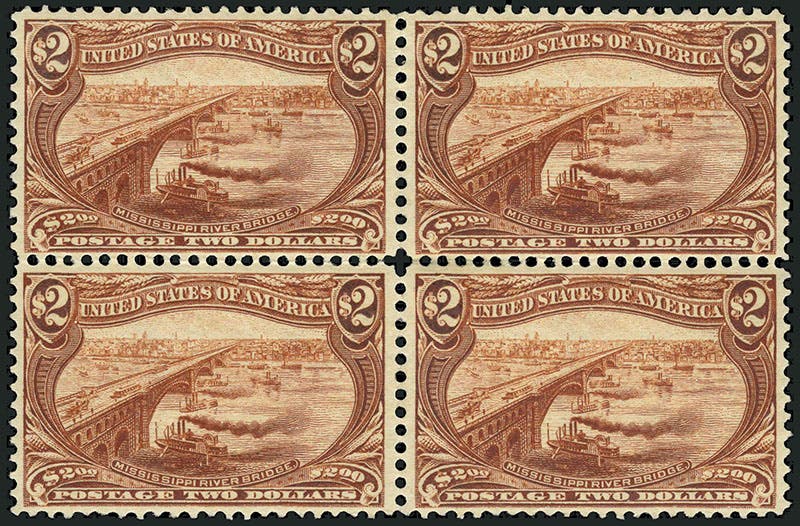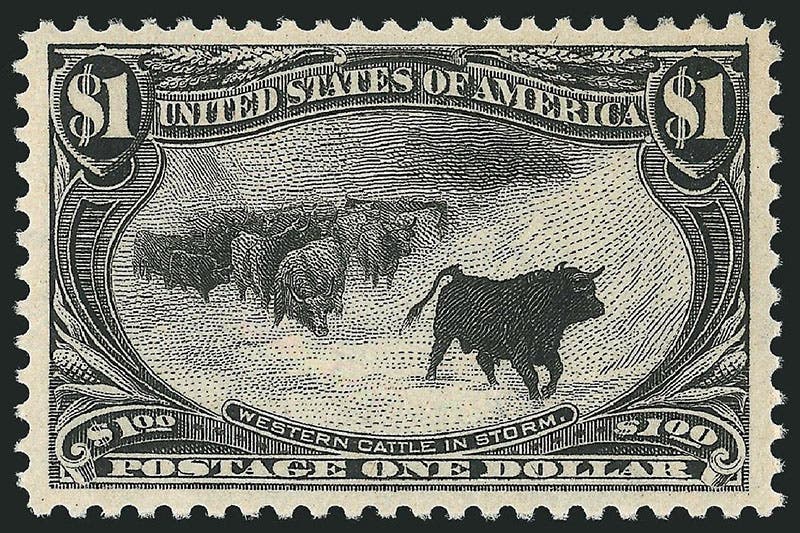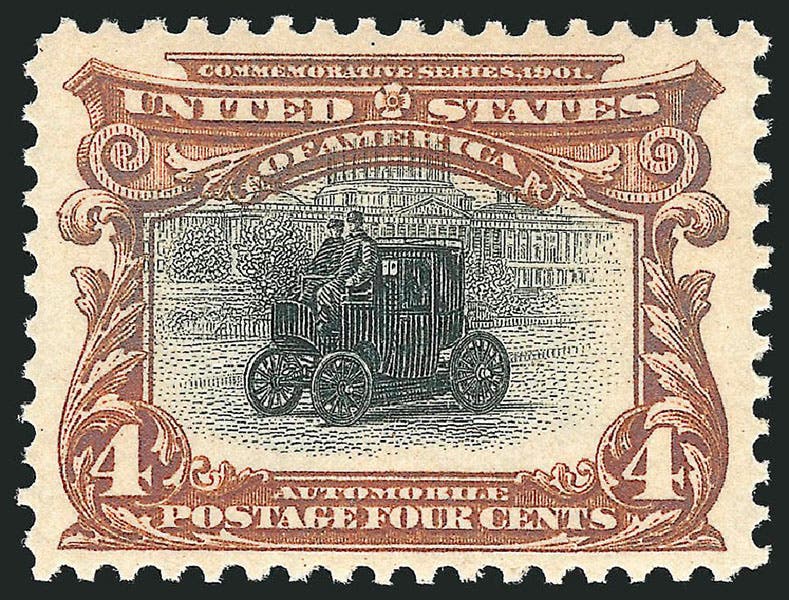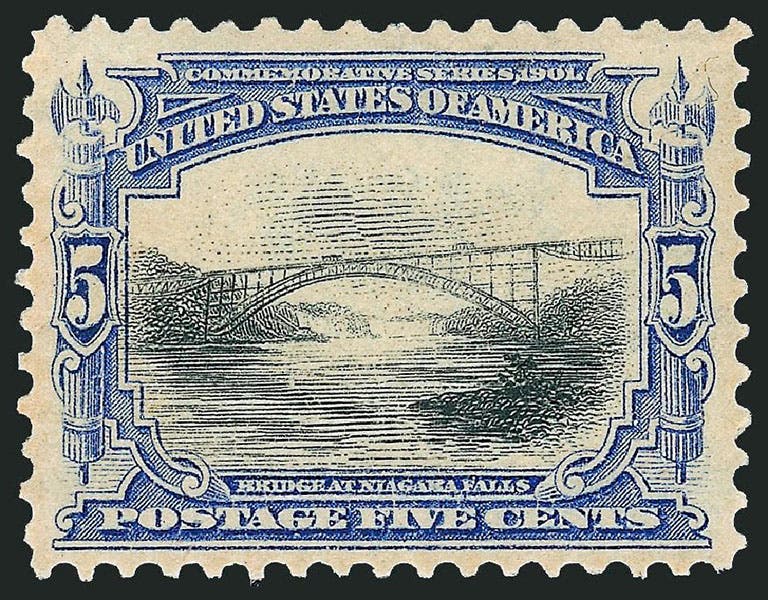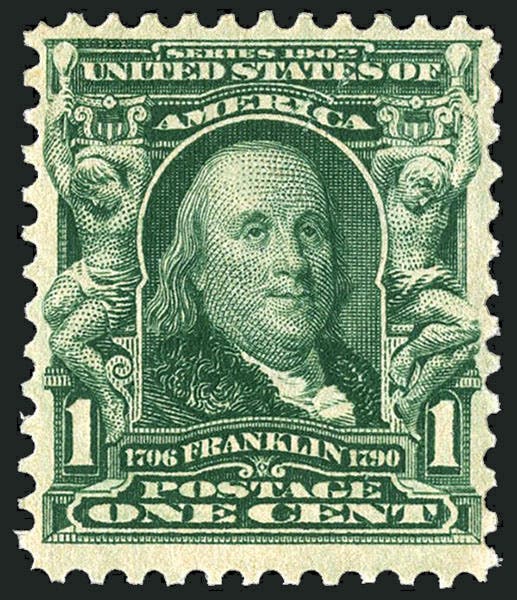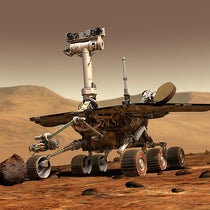Scientist of the Day - Raymond Ostrander Smith
Raymond Ostrander Smith, an American postage stamp and bank note designer, was born Nov 14, 1873. Smith started out working for the American Bank Note Company in New York Cityfrom 1887 to 1897, and again from 1902 until his death in 1933. But it is the five years from 1897 to 1902 that draws our attention today, when he moved to the Bureau of Engraving and Printing in Washington DC, promptly rose to become Chief Designer, and then designed three memorable series of stamps.
The first of these is called the Trans-Mississippi Issue and consists of 9 stamps, released in 1898. The issue commemorates the Trans-Mississippi Exposition in Omaha, Nebraska, of that year. This was only the second series of commemorative stamps issued by the Post Office, the first being the 1893 World’s Columbian Exposition series for the Chicago World's Fair of that year. Smith's stamps, each of which he designed, depict scenes of the American West, on stamps that range in denomination from 1 cent to $2. The $2 orange-brown shows the Eads Bridge over the Mississippi in St. Louis (first image); the 5-cent blue depicts John C. Fremont in the Rockies (second image).
All of these are prized by collectors, because of the beauty of Smith's designs, but the favorite seems to be the $1 black, called "Western Cattle in Storm" on the stamp and often referred to as the "Black Bull" (third image). It is a gorgeous stamp. To me, it evokes the first stanza of “Ghost Riders in the Sky”: "… when all at once a mighty herd of red-eyed cows he saw, a plowing through the ragged sky and up a cloudy draw." But since the song was not written until 1948, perhaps the influence ran the other way – perhaps songwriter Stan Jones was a stamp collector.
The Pan-American Exposition series was issued three years later, in 1901. It coincided with the Pan-American Exposition that set up in Buffalo, New York, in that year. Smith designed all six of these stamps, in denominations from one to ten cents. They depict: a lake steamer (1¢), a Locomotive (2¢; fourth image)), an electric automobile (4¢; fifth image), the Niagara Fall Bridge (5¢; sixth image), the lock at Sault Ste Marie (8¢) and an ocean steamer (10¢). These were the first bicolor stamps issued by the Post Office. The brown-and-black 4-cent stamp was the first stamp of any kind to depict an automobile.
Smith designed one more issue, called the series of 1902, 13 “definitive” stamps, as they call postage stamps that are not commemorative and intended for regular use. These stamps are all portraits, mostly presidents, but with a few non-presidential figures, such as the 1-cent green Benjamin Franklin, who was certainly a scientist, as well as the 5-cent orange Thomas Jefferson, who was both scientist and President.
But before this issue appeared, Smith abruptly left the Bureau and went back to American Bank Note. To this day, we do not know what happened, whether he was fired or he quit, and we do not know why. But it is generally agreed by those of a philatelic persuasion that the postage stamps he designed were the most elegant ever issued by Bureau of Engraving and Printing, right up to the present day.
Smith's most famous stamp, the Black Bull, even has its own Wikipeda article. You can read there that Smith often got the ideas for his designs from works of art, and in the case of the Black Bull, he was inspired by an 1878 painting by a Scot, John MacWhirter, which had been reproduced as an engraving by some American cattle company in their ads, which is where Smith saw it. So the cattle on his stamp are actually not American cows at all, but cattle of the Scottish highlands. When this was first discovered, this was a small scandal, but it passed quickly, and for most of us, it hardly matters. It is a beautiful design, no matter where the cattle hail from.
Dr. William B. Ashworth, Jr., Consultant for the History of Science, Linda Hall Library and Associate Professor emeritus, Department of History, University of Missouri-Kansas City. Comments or corrections are welcome; please direct to ashworthw@umkc.edu.


